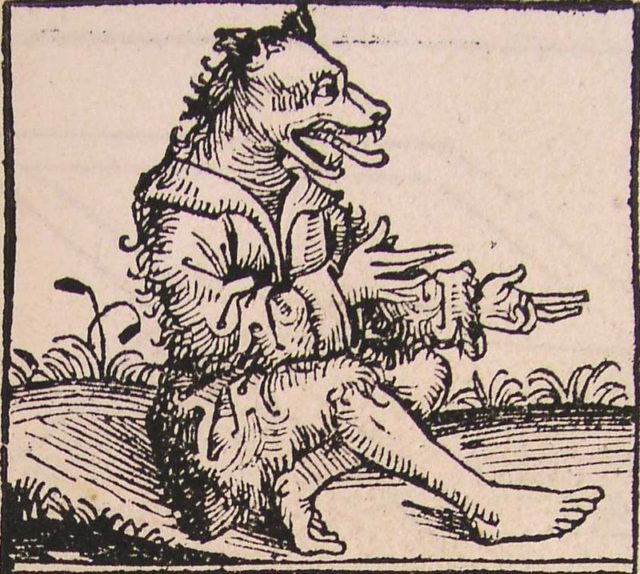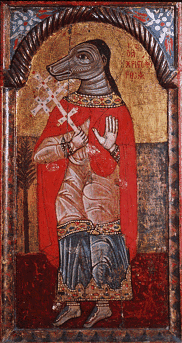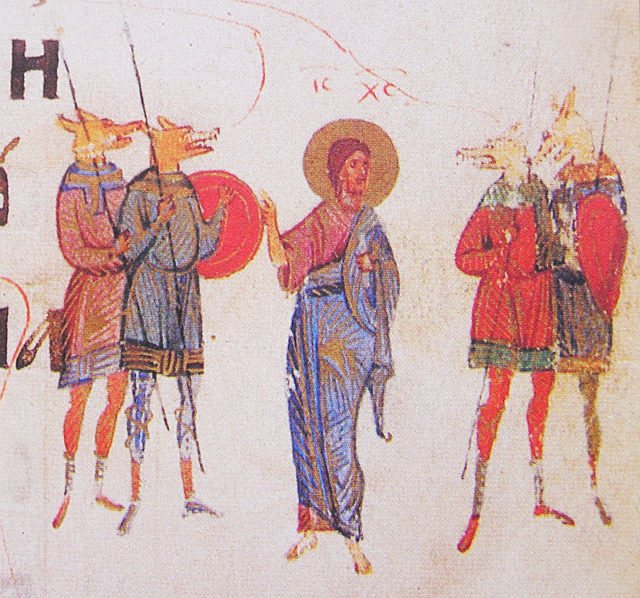Across history, there have been many reports of races of jackal-headed or dog-headed people. Even the Greeks and ancient Egyptians knew and wondered about this strange race of beings. In Egyptian mythology, dog-headed gods existed, such as Horus and Anubis, and many paintings and statues were made in their honor.
Back in the fifth century, a physician named Ctesias wrote about the existence of these creatures in India. They were also talked about by the ancient Libyans as well. Generally, over time, the term has been used in a derogatory way as a means of describing someone, rather than them actually having a dog’s head.

Famous travelers such as Marco Polo, mention cynocephali, and his texts tell of the dog-headed barbarians that lived and grew spices on the Andaman Islands. The texts don’t stop there – in China a Buddhist missionary, Hui-Sheng, wrote about dog-headed men on an Island to the east of Fusang.
Some of these sightings have been attributed to the ancient travelers spotting tribes of baboons and mistaking them for humans. The Greek historian Ctesias, from the fifth century, wrote that on the Indian mountains he saw men with heads of dogs and they did not talk but barked; they had larger teeth than dogs, and claws like animals. They were known to live on raw meat, fruit, and to hunt with bows and arrows.

They traded with the local Indians and sent tributes to the King of India. They lived in caves, wore tanned skins, and all had a tail like a dog’s, only longer.
In the second century, a Greek natural historian wrote about how they caught their food and roasted it in the sun; how they kept sheep and yet couldn’t speak with the tongue of man. They understood the Indian language and drank milk from their animals. He also goes on talk about a similar race of people on the road to Ethiopia who were black of skin. They also couldn’t speak but uttered a shrill squeal. This African race could peel open nuts and happily eat cooked meat. Their bodies were covered in hair, and they had the head and teeth of a dog.

It is unknown who or what these travelers saw as they explored the ancient world and its uncharted areas. The dog-headed people are still a favorite in literature and film today.
Sometimes it’s nice to wonder what marvels used to exist – while most are gone forever, you never know what an archaeologist or historian will turn up in their latest investigations.
